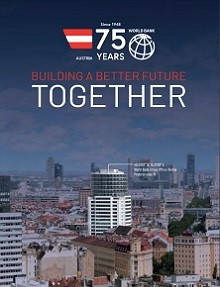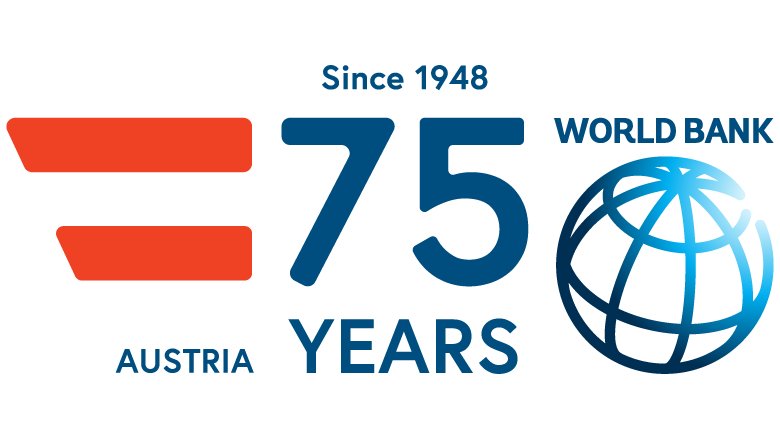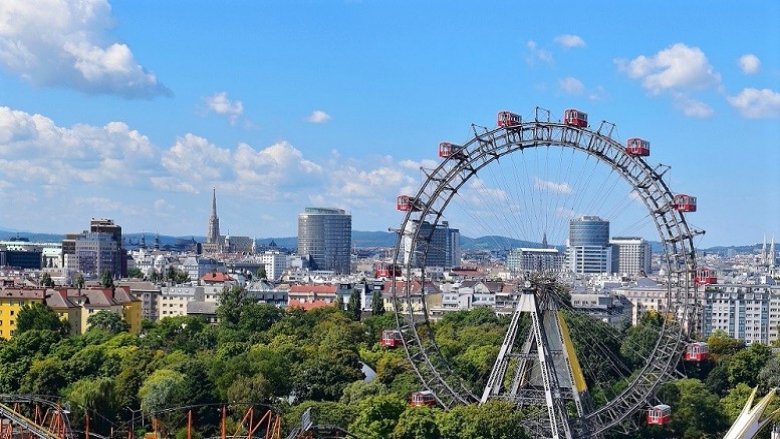
A member of all five institutions that form the World Bank Group, Austria joined the International Bank for Reconstruction and Development (IBRD) in August 1948. The memberships to the International Development Association (IDA) followed in 1961, to the International Finance Corporation (IFC) in 1956, the International Centre for Settlement of Investment Disputes (ICSID) in 1971, and the Multilateral Investment Guarantee Agency (MIGA) in 1997. Together, the World Bank Group works towards efforts establishing peace, promote a stable global economy, and encourage the use of renewable resources and environmentally friendly production.
2023 marks a special milestone – the 75th anniversary of the partnership between Austria and the World Bank. Having signed the Articles of Agreement of the IBRD on August 27, 1948, Austria became the 47th member country to what is today known as the World Bank Group.
Historical Background
Only three years after World War II Austria became the 47th member of the World Bank on August 27, 1948. The first IBRD loan to Austria was approved in 1954.
In 1945, Austria was severely rattled by war. Its industry was destroyed, its infrastructure seriously damaged and its population hungry. It was among the poorest countries in Europe, lacking food and basic goods. Dependent on foreign aid, Austria’s striking recovery in the following decades was built on the fundamentals of international cooperation and support. The striking recovery in the following decades was built on the fundamentals of international cooperation and support. While the European Recovery Program (ERP), better known as the “Marshall Plan”, was providing Austria with the most essential goods in the immediate aftermath of the war between 1948 and 1953, IBRD stepped in afterwards, making important contributions to the rebuilding and further development of Austria’s industry. Physical damage mostly repaired and economic stability restored by 1953, the World Bank loans facilitated Austria’s transition into a rapidly growing and prospering nation. The focus was laid firstly on hydropower plants that allowed to satisfy ever expanding energy demands of an emerging consumer society. The second priority was the Bank supported development of a functioning private capital market that could then facilitate private investment needed for a strong and internationally competitive Austrian industry.
There is broad consensus on the fact that Austria’s “economic miracle” of quick economic recovery and growing prosperity experienced in the 1950s and 1960s may not have been as quick or as pronounced if it had not been for the financial and technical support provided first through the European Recovery Plan and then through the IBRD.
For more information on the history, see the World Bank Archives Country Profile and Austria Timeline.




